Fire Safety Advice
Fire Safety - make sure you home is as safe as possible and what your landlord must do (some examples):
Fire safety inside your home (eg. smoke alarms, fire escapes and fire doors):
Your landlord must install and ensure you have working smoke alarms for each storey in your home (under the Smoke and Carbon monoxide Alarm Regulations 2015). You must make sure the battery for the alarm is working.
Your landlord must act if there is any risk of harm to your health or safety arising from a deficiency in the design or condition of your home or building, for example exposure to fire (a 'hazard' under the Housing Act 2004/Housing Health and Safety Ratings System 2005 and 2018 Addendum regarding cladding).
Your home must be fit for habitation (so there must be adequate fire safety in your home and the building eg. safe fire escape route). Furniture, beds and mattresses must comply with the Furniture Fire Safety Regulations. Make sure they have a label that says they pass the 'ignitability test' and are fire resistant.
If you have a solid fuel burning appliance the landlord must install a carbon monoxide alarm in that room.
Fire safety in the 'common parts' of the building - areas you share with other flats eg. hallways and staircases:
Following the Grenfell Tower fire, there is now a new Fire Safety Act (coming into force soon). This makes changes to the important Fire Safety Order 2005. The new Act requires owners of properties of more than two residential premises of any size or hight, to carry out a fire risk assessment of the property (eg. smoke/fire alarms, and to ensure there are safe escape routes). This must be done by the 'responsible person', usually the Freehold owner of the block of flats. In particular they must assess the fire risks from external walls (including any cladding) and must make sure the doors onto the common parts are proper fire doors that comply with fire safety standards (eg. flat doors onto hallways and stairs, in a block of flats) . The fire doors must be fitted correctly with intumescent strips and have door closers to make sure they close if there is a fire. This is to make sure there is a safe escape route for residents if there is a fire.
Houses in Multiple Occupation (HMOs)(eg. where 2 or more households share facilities like a kitchen or bathroom)
Many HMOs are at high risk of fire so it is particularly important there is a proper fire escape route and fire detection and prevention systems in the property. Landlords and managers must comply with the Management of HMO Regulations 2006 (for example, all escape routes must be kept free from obstruction and maintained in good order). Fire extinguishers and fire and smoke alarms must be maintained and there must be signs indicating escape routes.
There may be additional fire safety standards set by your Local Council, particularly if the HMO is required to be licensed with the Council. Your landlord must comply with these standards - you can check these with your Local Council and also check if the property has been licensed.
This is not a complete list of all fire regulations. It is important to make sure your home and the common parts are as safe possible in case there is a fire. Landlords must comply with the above minimum standards and should do as much as they can to reduce the risks from fire and promote their tenants' safety.
If you are concerned about fire safety in your home or your block of flats and your landlord or the Freeholder does not do anything, you should contact your local Council and ask them to inspect the property urgently.
